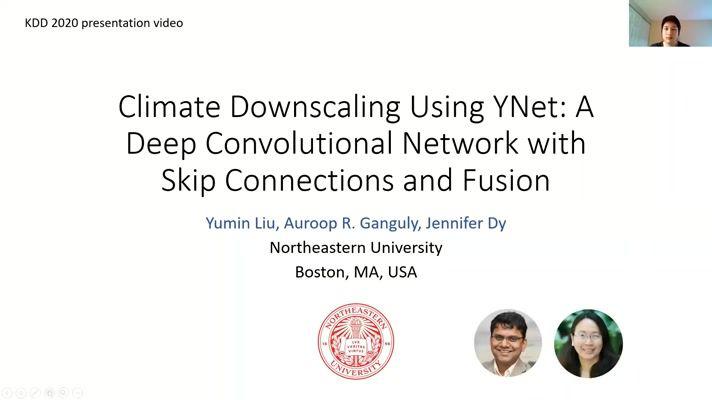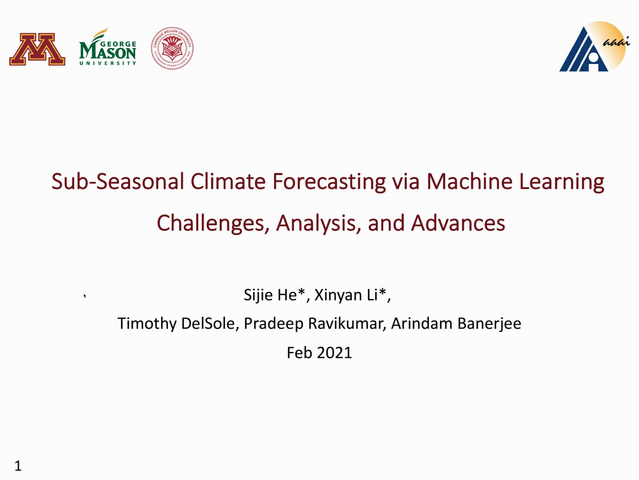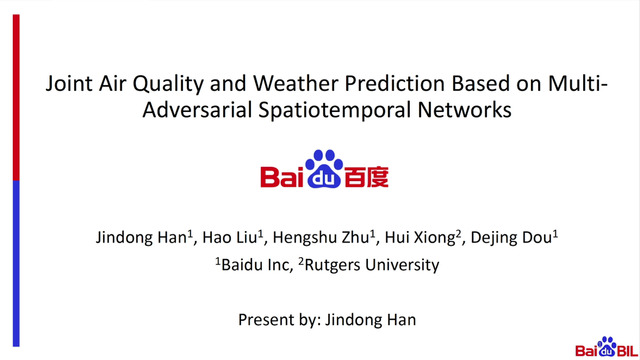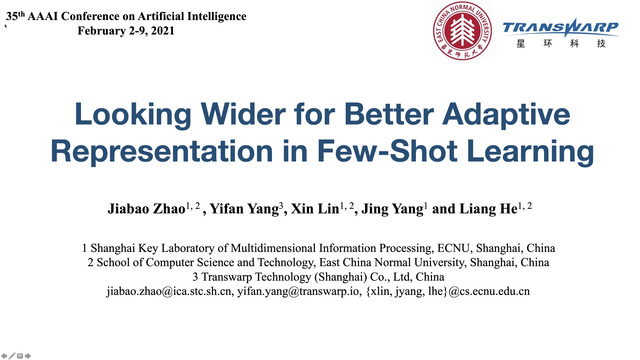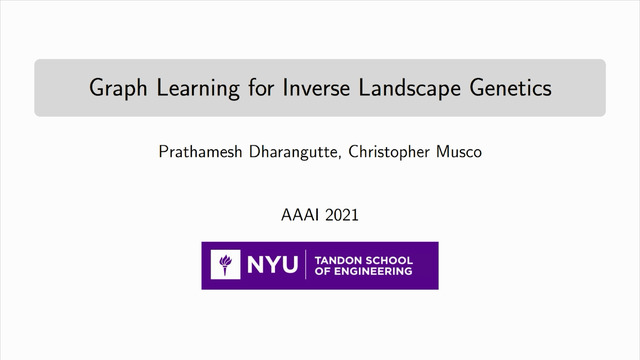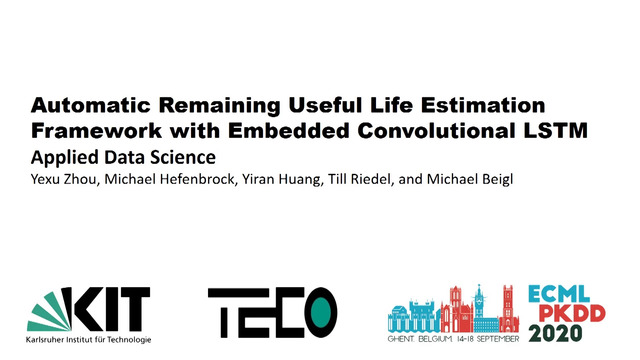Abstract:
Climate change is one of the major challenges to human beings in our time. It brings many unexpected disasters which cause drastic losses including lives and properties. To better understand climate change, scientists developed various Global Climate Models (GCMs) to simulate the global climate and make projections for future climate values. These global climate models have coarse grids (i.e., low resolutions both in space and time) due to limitations of computing power and simulation time. Although they are helpful in predicting large scale long term trend in climate, they are too coarse for impact analysis in smaller scales such as in regional or local scale. However, climate conditions in regional or local scale are very important in making decisions related to climate conditions such as infrastructure, transportation and evacuation, as they highly depend on small scale climate conditions. In this paper, we proposed YNet, a novel deep convolutional neural network (CNN) with skip connections and fusion capabilities to perform downscaling for climate variables, on multiple GCMs directly rather than on reanalysis data. We analyzed and compared our proposed method with four other methods on datasets of three climate variables: mean precipitation, and extreme values (maximum temperature and minimum temperature). The results show the effectiveness of the proposed method.
